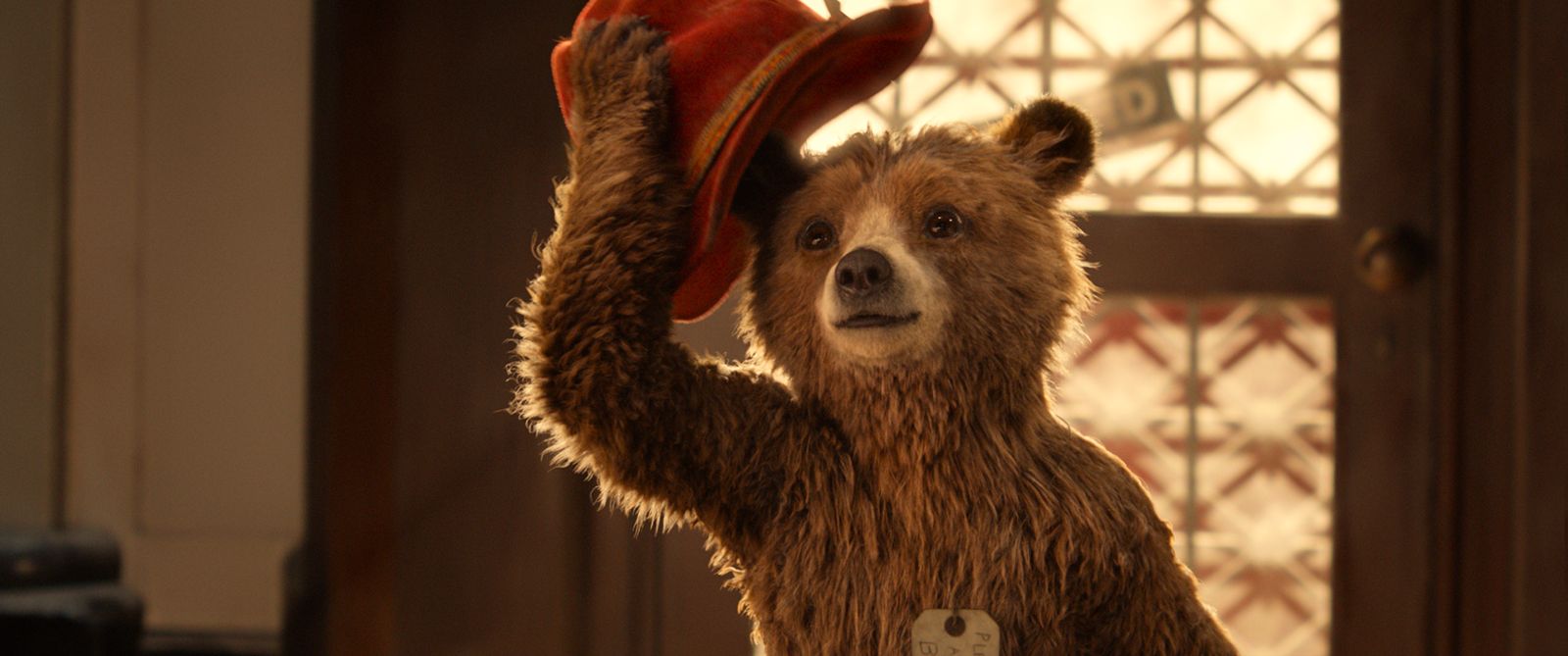Whatever age you are, there's something undeniably lovable about Paddington Bear. First brought to life in the 1958 book, he's since appeared on screen in almost every decade since the 1970s, from stop-motion animation to the hand-drawn Hanna-Barbera cartoons and beyond. Or perhaps you simply remember the stuffed toys? Either way, we expect those memories to be fond.
Now he's back. In 2014, Paddington is hot property once again, appearing in computer-animated form for the first time. Through this technological change Paddington has lost none of his charm and quintessential Britishness; his trademark blue duffle coat and Wellington boots remain very much in tact.
The box office hit, Paddington, directed by Paul King, is set to be the Christmas feel-good film for all the family. But what challenges did the team at Framestore - the visual effects and post-production house, well known for work in Harry Potter, Narnia, Guardians of the Galaxy, Gravity and many more - face in the journey of bringing the much-loved bear to life in digital form?
We chatted with Framestore's Steve MacPherson, chief technical officer, and Pablo Grillo, animation director, to get the lowdown on how Paddington Bear was brought to life for the big screen.
A big part of Paddington's personality is his fur, which looks amazing in the film. Just how difficult is it to achieve?
Pablo Grillo: "There was a time when you'd run screaming at the idea of creating fur in a photo-real world, but I think these days rendering something that looks very physically present and real is amazing.
"We've adopted a rendering process that's based on light bounce, using a renderer called Arnold, that's really just revolutionised the way that we work - to the point that we're able to very quickly generate low-resolution images that show what that final Bear looks like, before going to the final quality.
"I think this was really the first time that I'd experienced that. In the past you'd be working with very different representations, very graphic representations of the character and, to a degree, you'd sort of cross your fingers when you'd see the renders of the fur - which are very expensive to produce.
"The process was fundamental on a film like Paddington where you're dealing with a character who's defined by that fur. The face, the expression, everything that is him, is so tightly bound by that look, that without being able to see those renders, to see how he feels in any given situation, you'd be really limited and working blind."
We've seen motion capture used for characters such as Gollum in Lord of the Rings, is Paddington created in a similar way?
PG: "Paddington, no, it wasn't motion capture. We find when you're dealing with something that's so different to a human that inspiration is essential. What we do is use a lot of reference.
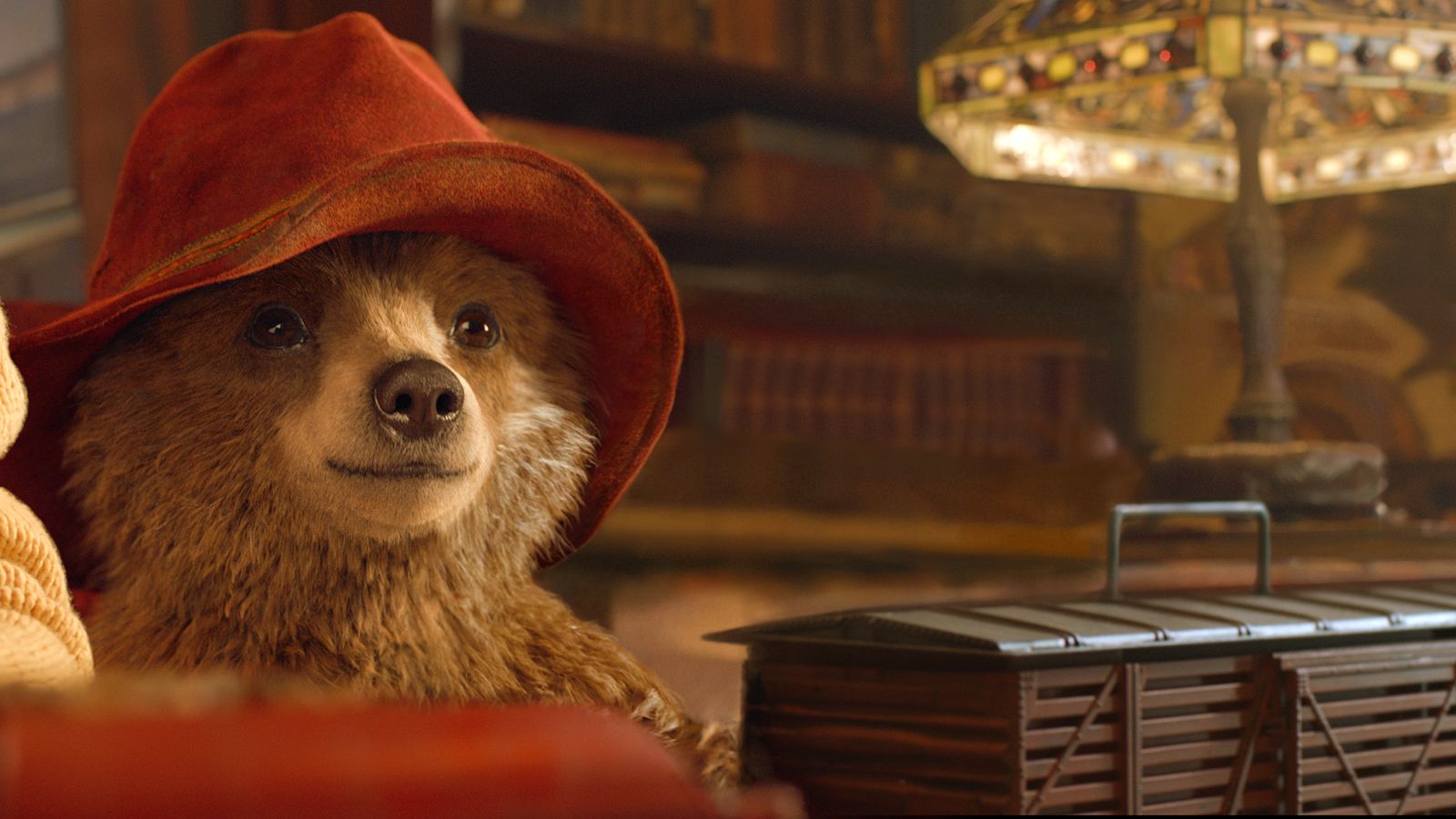
©P&Co.Ltd/ SC 2014
"Having an actor - Ben Wishaw [who voices Paddington] - helps the director work with someone in real-time and gives us a great source of inspiration. What we do is shoot a lot of reference, a lot of angles to cover it, and the animators usually serve as a better conduit for interpreting that into something as different as a little bear."
What about lip sync?
PG: "We used a head-mounted camera on the actor during the voice record. That gives us an excellent guide as to how the lips are moving. Again, a tremendous amount of data to wrangle in the end process."
Is that because there's a fine line between being too realistic; to maintain that sense of fantasy?
Steve MacPherson: "I used to work at The Creature Shop [founded by puppeteer Jim Henson] and I remember Kermit the frog and those characters from The Muppets.
"People had such affection for those characters that when somebody would come in they could see all of the puppeteers underneath. All of a sudden you'd have the character in the raw, but it only took a few minutes before those puppeteers were completely invisible and it was just Kermit again. Especially with children - but even with adults.
"I think if the character is likeable and has a personality that is believable then that carries through."
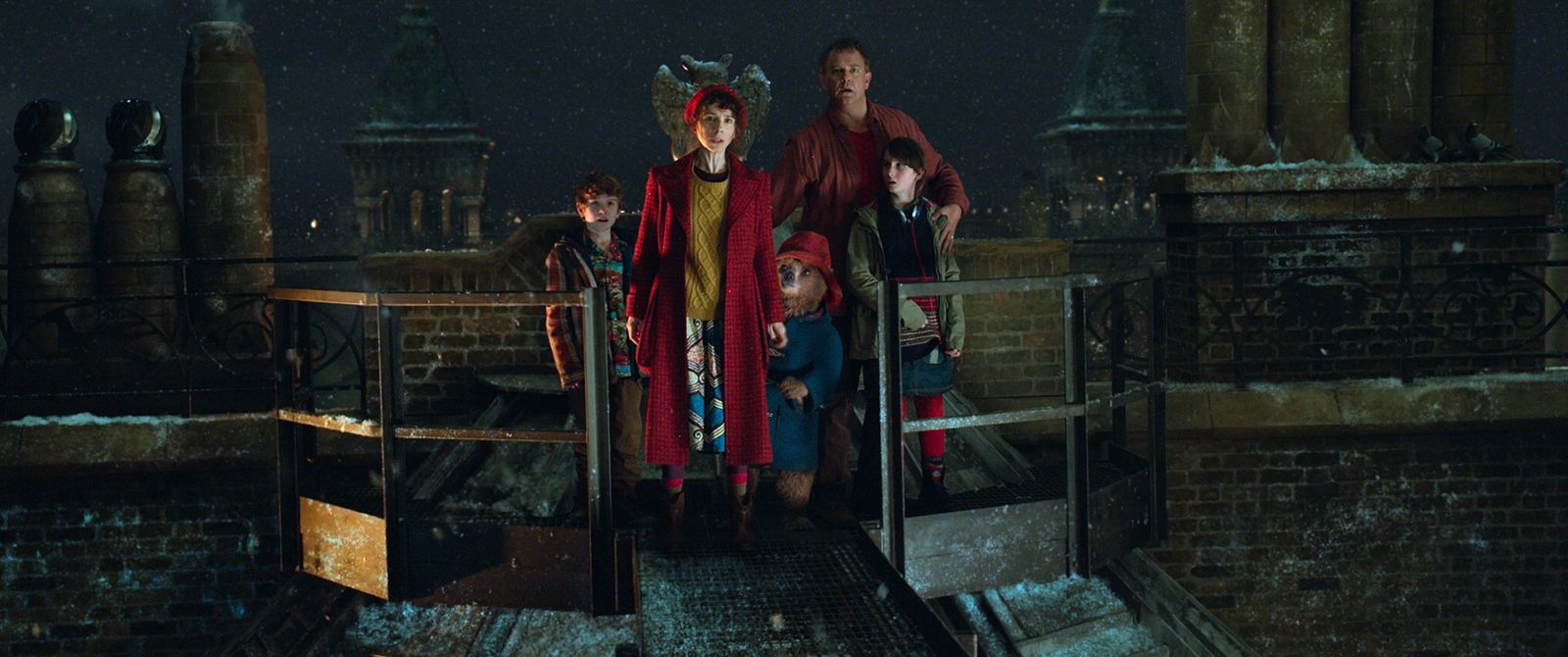
©P&Co.Ltd/ SC 2014
PG: "With Paddington you have to maintain a degree of charm. Otherwise you get to a point where it's so realistic that it loses appeal. And that's a really difficult balance to strike."
How long does it take to render a full and final scene? When do you know it's time to push the button and let it go?
PG: "I couldn't tell you exactly a time, that's one of those questions…"
SMP: "But that's like pushing the button before launching a nuclear strike. You really want to give it some thought."
PG: "You need to be sure that it's going to work."
SMP: "In general, trying to drive more simulations from the desktop - for creature effects and the teams who specialise a lot in that type of interaction - the better it is. When the desktop matches what the render farm is going to deliver that helps a lot too."
PG: "That's the thing we didn't mention: the massively complex thing about fur is getting it to move in the right way; getting it to interact with things. In a film like Paddington where he's wearing a jacket, where he's touching a lot of things, getting that hair to not intersect, that's very…
SMP: "Or even just water… water and marmalade!"
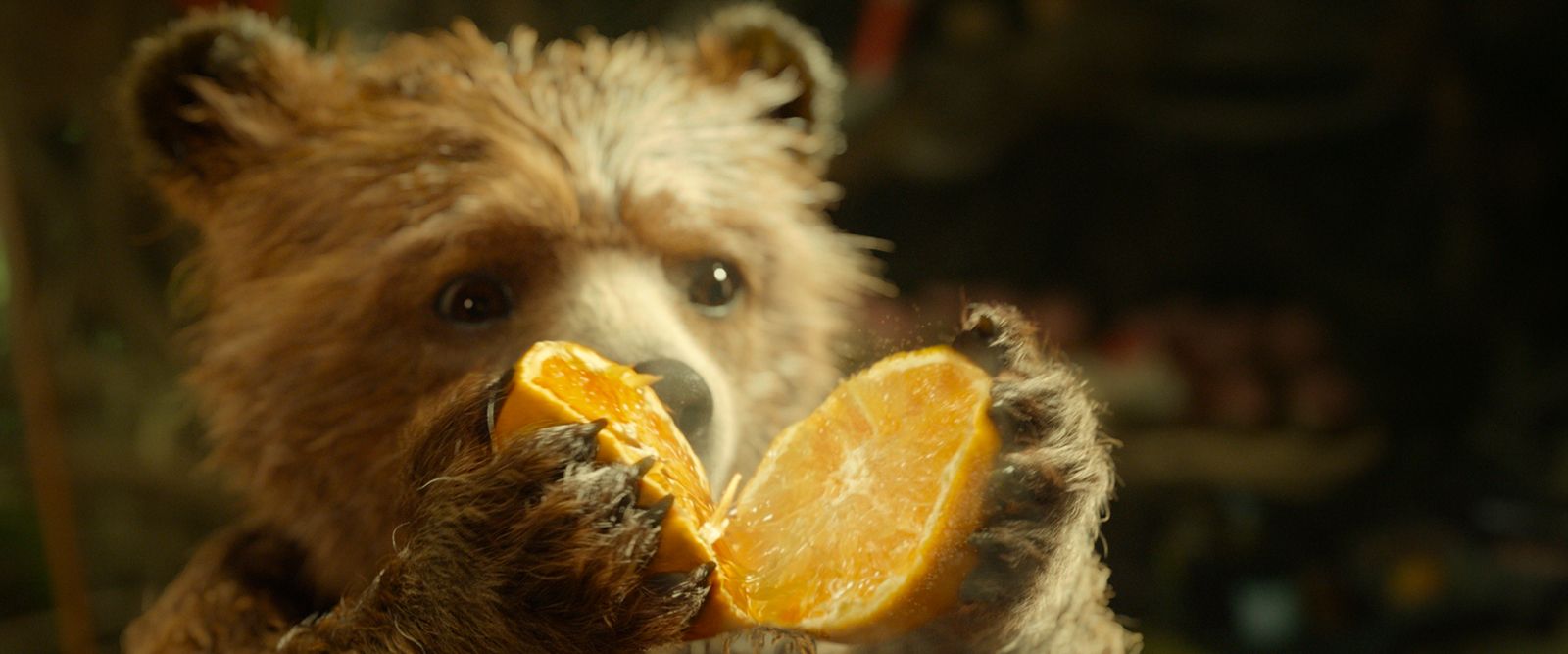
©P&Co.Ltd/ SC 2014
PG: "Yeah, there are layers and layers of craft that go into having your initial fur look, but then on top of that seeing that fur drop every droplet of water and change shape; seeing it shake in response to the movement of the character; getting all those values right.
"Fortunately with this sort of process we're able to set off these low-res renders and see the results in the morning. It allows us to go a lot further and create far more sophisticated artistry. Before you hit the big button for the 2K resolution renders."
This must all take a tremendous amount of time?
PG: "There are 600-odd shots. Actually executing the shots was probably over the space of a year, or just under, for the bulk the work. The whole project, with pre-visualisation, was about three years."
SMP: "I think the average render time, historically, hasn't changed much. So if you were to go back 15-20 years you'll find that people are still looking at 8-25 hour renders, but the level of complexity has changed enormously."
PG: "I think the thing that's really going to test us is as we move further into 4K [3840 x 2160 resolution].
"The problem is we're not making it easy for ourselves. As soon as the processing power arrives we set the bar a lot higher. We're always, to a degree, chasing those higher resolutions, levels of detail, frame rates and so on."
It's amazing how far visual effects has come and the computational power behind that.
SMP: "Oh there have been massive leaps forward. When you talk about starting, 2-terabytes was our entire setup for all the disc storage that we had for the entire film. That was about 15-years ago."
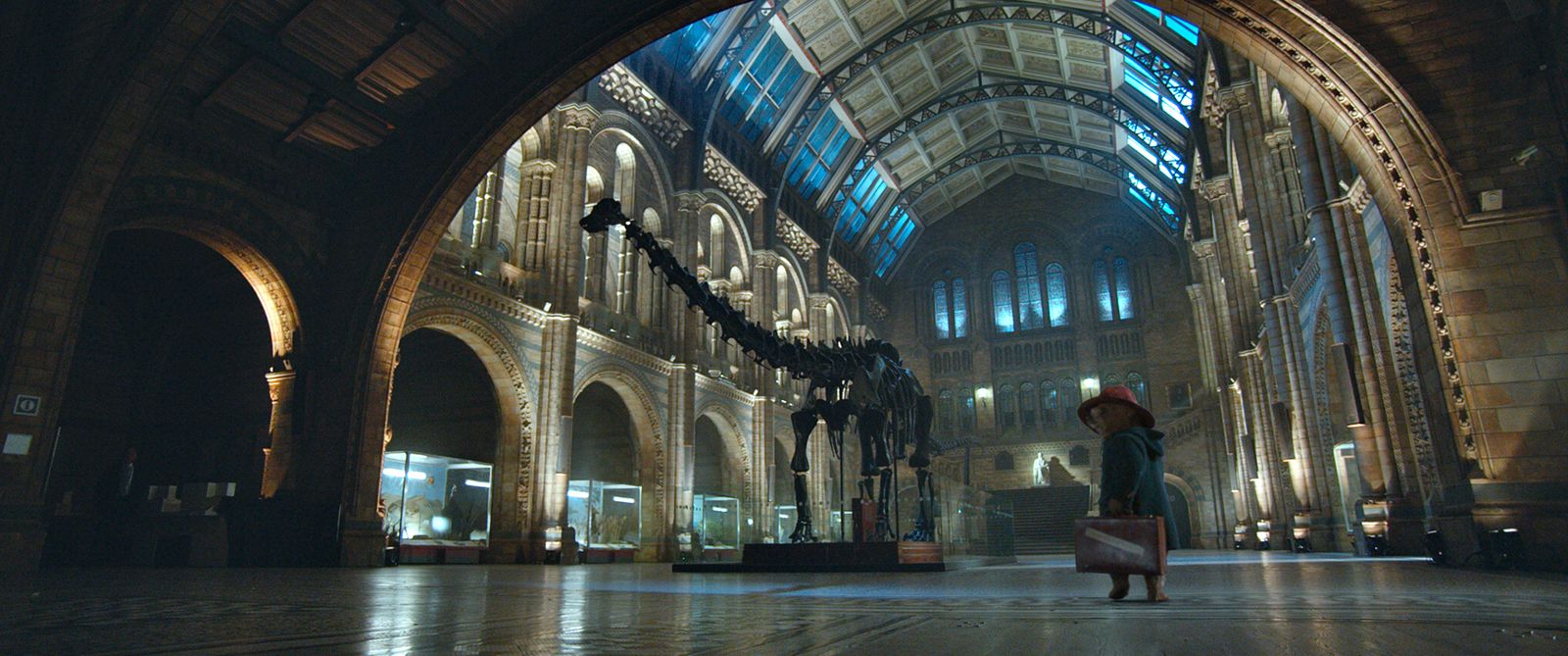
©P&Co.Ltd/ SC 2014
"Now our in-house production storage puts us at about 3-petabytes [3-million gigabytes]."
What tools were used to create Paddington?
SMP: "Our whole infrastructure - everything from our software development to our pipeline and filesystems - is all in a native Linux environment. It gives us a very high degree of control. We write a lot of code, so our tools are all very comfortable in a Linux world."
How high-spec are the machines used behind the scenes?
SMP: "There are a couple of different approaches that we've used over time. At one point what we did is pump everything into cores. We had a lot of 12-core machines - this is going back about 2-3 years - and were just moving into 16-core machines on the desktop workstations. On the back-end, for the render farm, it's the same thing but with faster clock speeds - the latest generation 3.6Ghz.
"It was the Intel chips that drove a lot of the scale. It wasn't even just about out-performing the MIPS chips at the time, it was that you could pack two dozen Intel machines where you'd had one large machine before. And the economics were a huge factor too."
PG: "One of the biggest factors, especially for animators, is the speed. We're always pushing the rigs in terms of what we can do."
Does it feel like a technological process when you're animating?
SMP: "That really depends on who you ask."
PG: "For the animators the process is now free enough, or there's enough dexterity, that you see through the technical aspects and are able to get quite tactile and feel in touch with performance and motion."
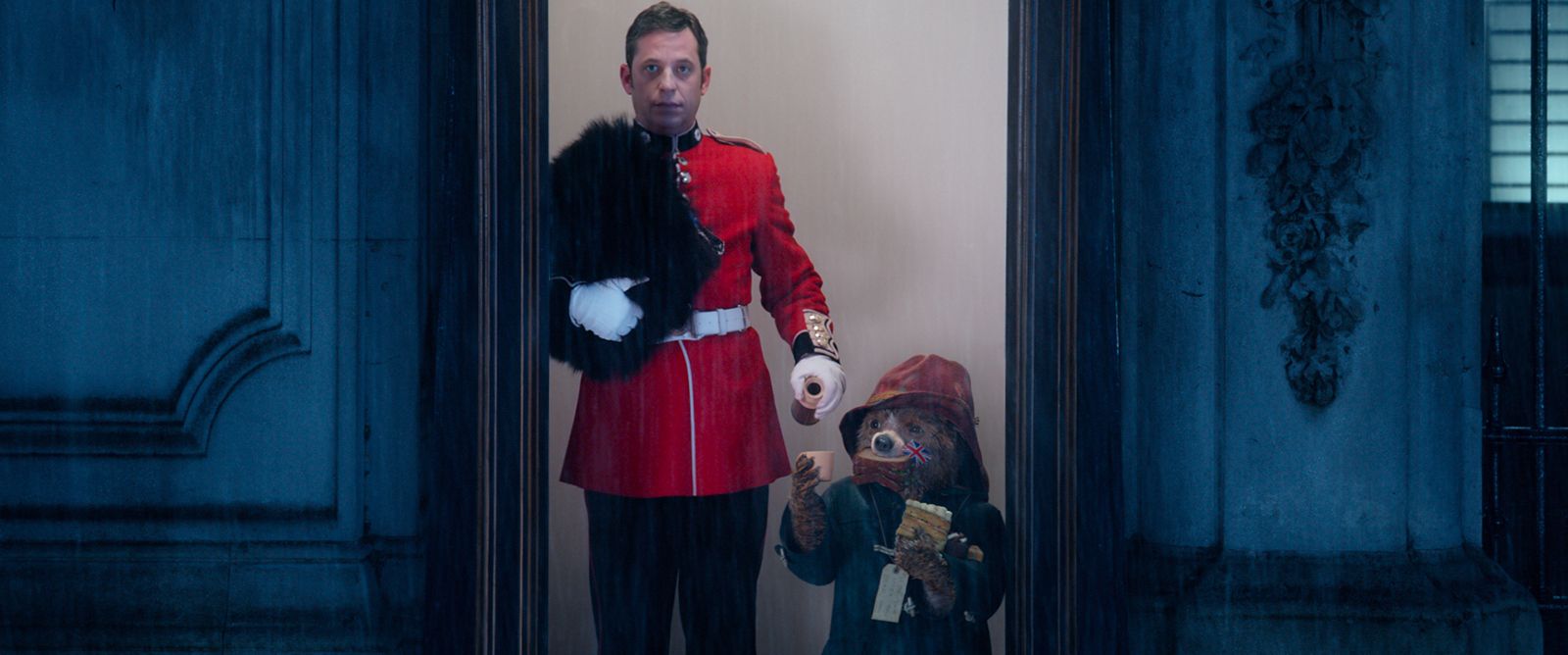
©P&Co.Ltd/ SC 2014
SMP: "From the technology side there's a lot of effort that goes into making our tools easier to use for animators. The last thing you want is people slowing down without having to stop and think 'is that a half a per cent?' or 'what's the cosine of that number?'.
"But there are times when the technology really helps, when a little bit of scripting or programming can accelerate a repetitive task."
What was one of the biggest technical hurdles you faced?
PG: "There were things that were very unusual. There's this one moment with Sellotape. Paddington finds himself getting more and more tangled in this tape. Not only was the physical development of the performance complex, but the fact we had to simulate the stuff that sticks all around him and tie-in the simulation with the positions of his arms. It looks like a simple thing on screen but it was actually an incredible feat.
What about your proudest moment in Paddington?
PG: "I think for me it's always the moments when people respond emotionally. There's this moment where Paddington's at the top of a chimney and it falls - and the whole cinema gasped. I wasn't expecting that. And I thought 'wow, brilliant, that worked'.
"Things like that, such as in the Harry Potter series with Dobby dying, that really moves people. It's kind of wonderful when that has impact - because that's what we're doing it for."
SMP: "If there's no story or no emotional heart to it, then no matter how brilliant the technology is, and no matter what problem has been solved that hasn't before, it's still not worth watching. Then it's just an historical moment of technology rather than an emotional moment in film-making."

